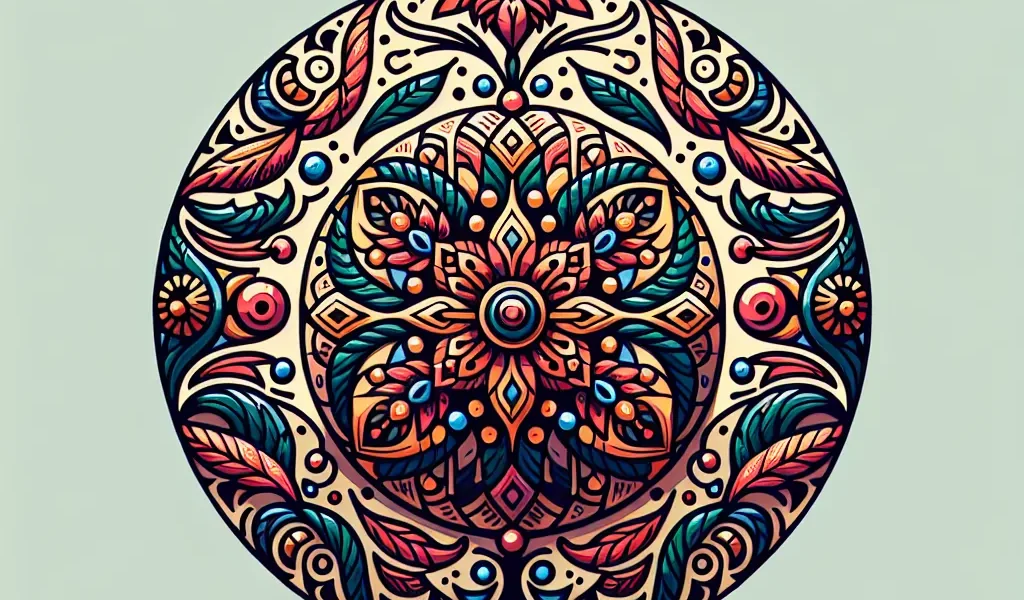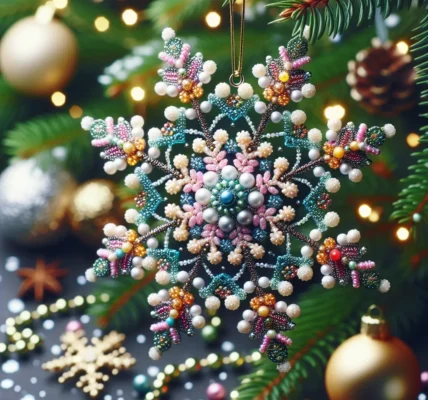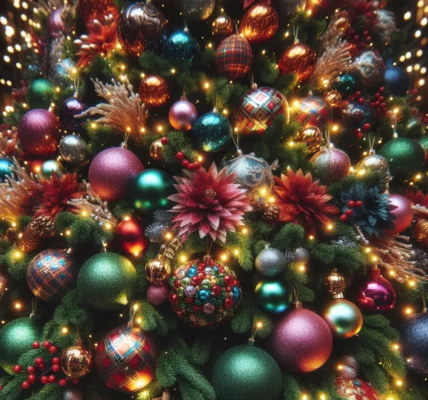The History of Baubles in European Culture
Baubles, also known as decorative trinkets or ornaments, have been an integral part of European culture for centuries. The history of baubles in European culture can be traced back to ancient times when they were used as status symbols and as talismans to ward off evil spirits. In the Middle Ages, baubles adorned royal crowns and ceremonial attire, symbolizing power and wealth.
During the Renaissance, the art of glassblowing led to the production of exquisite glass baubles, which became popular decorations for Christmas trees in Germany. This tradition spread to other European countries, and the Christmas bauble, or ornament, became a symbol of the holiday season and festive celebrations.
In Victorian England, baubles adorned not only Christmas trees but also fashionable accessories and jewelry, reflecting the era’s fascination with ornamentation and luxury. Baubles were also incorporated into traditional folk costumes in various European regions, adding a touch of color and sparkle to festive attire.
Today, baubles continue to hold cultural significance in European societies, with each region contributing its unique styles and designs. From intricately crafted glass ornaments in Italy to hand-painted wooden decorations in Eastern Europe, the diversity of baubles reflects the rich cultural heritage of the continent.
As the tradition of decorating with baubles persists, they serve as a reminder of European history, craftsmanship, and the enduring spirit of celebration and beauty.
Baubles in Asian Tradition: Symbolism and Significance
Asian cultures have a rich history of using baubles as meaningful symbols in various traditions and ceremonies. In many Asian countries, baubles are not only decorative ornaments, but they also hold deep symbolism and significance. For example, in Chinese culture, baubles are often used in traditional festivals and celebrations, symbolizing good luck, prosperity, and happiness. The intricate designs and vibrant colors of baubles are believed to ward off evil spirits and bring positive energy into the home.
In Indian tradition, baubles are often associated with religious and spiritual practices. They are used in ceremonies and rituals as offerings to deities, symbolizing devotion and reverence. The intricate craftsmanship of Indian baubles often reflects cultural motifs and spiritual symbols, adding an extra layer of meaning to these ornamental objects.
In Japanese culture, baubles are used in traditional festivals and celebrations, with each bauble design carrying its own symbolic meaning. For example, the cherry blossom bauble represents beauty and the fleeting nature of life, while the crane bauble symbolizes longevity and good fortune.
Overall, baubles in Asian tradition hold a special significance, carrying deep meanings that reflect the cultural and spiritual values of each country. The intricate designs and symbolic significance of baubles make them a cherished part of Asian cultural heritage.
Baubles in Indigenous Cultures: Rituals and Beliefs
Baubles have played a significant role in indigenous cultures around the world, representing unique rituals and beliefs. In many indigenous communities, baubles are intricately woven into ceremonies and celebrations, symbolizing various aspects of their cultural and spiritual heritage. These ornaments often hold deep symbolic meanings, reflecting the connection between the people and the natural world.
For example, in some indigenous cultures, baubles are used in rites of passage or initiation ceremonies, signifying the transition from one stage of life to another. They may also be employed in healing rituals, where the ornaments are believed to possess curative properties and spiritual significance. Additionally, baubles can symbolize unity and interconnectedness within the community, serving as tangible expressions of shared values and traditions.
Moreover, the materials and designs of baubles in indigenous cultures often carry specific symbolism. For instance, feathers, beads, and shells are commonly incorporated into ornaments, each holding its own cultural significance and spiritual connotations. The intricate craftsmanship of these baubles reflects the rich artistic traditions of indigenous communities, encapsulating their heritage and storytelling practices.
In conclusion, baubles in indigenous cultures are deeply rooted in rituals and beliefs, serving as vital elements in expressing cultural identity and spiritual connections. They represent the profound reverence for nature and the interconnectedness of all living beings, embodying the enduring traditions and beliefs of indigenous communities.
Modern Interpretations of Baubles and Their Cultural Relevance
Modern interpretations of baubles have evolved to reflect the cultural relevance of these decorative items in different societies. In many Western cultures, baubles are often associated with the festive season, particularly Christmas, where they adorn trees and add a sparkling touch to the celebrations. However, in recent years, the concept of baubles has expanded beyond traditional holiday decorations.
Contemporary artists and designers have incorporated baubles into their work, reimagining them as statement pieces that transcend their original symbolism. From jewelry adorned with bauble-like ornaments to avant-garde fashion designs featuring oversized bauble accents, these modern interpretations celebrate the ornamental and aesthetic appeal of baubles.
Moreover, the cultural relevance of baubles has extended to represent inclusivity and diversity. As societies embrace multiculturalism and pluralism, baubles have become a symbol of unity, with different shapes, colors, and styles intertwining to create a harmonious whole. This modern interpretation underscores the significance of embracing varied perspectives and experiences within a globalized world.
Furthermore, the rise of ethical consumerism has influenced the cultural relevance of baubles, with an emphasis on sustainable materials and ethical production methods. This shift towards eco-consciousness has given rise to a new wave of baubles crafted from recycled materials, symbolizing a commitment to environmental stewardship and responsible consumer choices.
In conclusion, modern interpretations of baubles have redefined their cultural relevance by embracing inclusivity, ethical considerations, and artistic innovation. As these decorative items continue to adorn diverse facets of contemporary life, they serve as a reflection of evolving societal values and aesthetic expressions.




